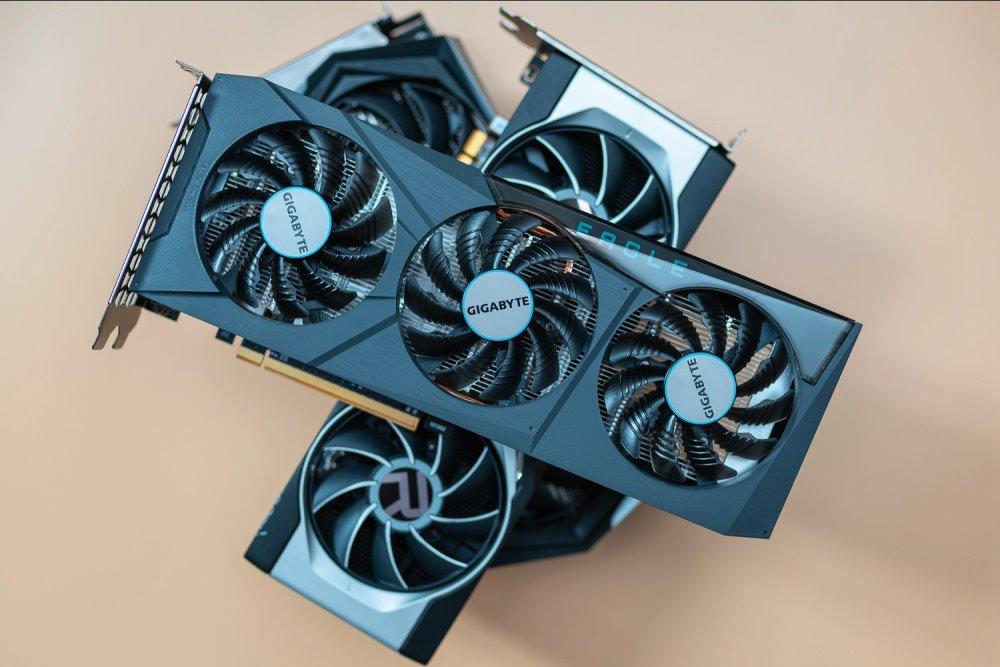
Climate change has undoubtedly become one of the motivations for politicians to regulate and intervene in a large number of industries. Where we are seeing it the most is in cars, but consumer electronics, which is where computer hardware is located, are not turning a blind eye either. At the moment they have not entered the world of computers, but the saying of the beards and the neighbor is already known. The fact is that we have seen a series of trends that indicate that we could have important changes that could mean the advent of the “Ecological PC”, which would be nothing more than the revision of the classic towers, but designed to meet the new requirements. of sustainability.
Why do we think the ecological PC is coming?
There are a series of movements that make us suppose that there is a trend towards the creation of an ecological PC model that could become a standard for the next few years. Although we already told you about Intel’s proposal in this sense a few days ago, what we are referring to in this case is a more general movement in which the companies led today by Pat Gelsinger and Lisa Su would be finalizing a standard that would define a new tower PC and would completely obsolete the concept of Mini-ITX that VIA proposed several years ago, all for the fact of facing the growing demands and regulations in ecological matters and that could completely change the sector .
The first of the elements that make us assume about it is the fact that Meteor Lake, the next Intel architecture, has been designed to work on laptops and does not have a desktop version. Actually, if we take into account that it is a chip divided into several that were going to be used in several different designs, it is clear that the objective is to flee once and for all from the three-digit TDP, while it is expected that the increase in per-architecture performance enables you to achieve the power of a current desktop i7 or i9 for half the TDP.
The second, on the other hand, is the existence of the AMD Ryzen 7045, which is still a desktop Ryzen 7000, but adapted to work in the ecosystem of a high-end laptop. So we have a clear trend for CPUs across both major brands. It would not be surprising if both have agreed on that aspect.
A sensible idea or political nonsense?
In every market there is a value metric related to the ability of a product to perform a job. The fact is that when it is good enough to satisfy the needs of the vast majority of users, each improvement on said performance ceases to have value and it becomes important to look for improvements in other points of the product. A classic way of proceeding is to create smaller, and therefore more compact, versions of an existing product, while improving things like energy efficiency.
That is to say, if the concept of technological improvement is not based on having muscle in terms of gross power, we would not have compact cars that consume almost as much as a lighter or laptops. It does not fall within the concept of performance, but, as we have said, when the needs in that section exceed those required by the market, it is time to improve another part of the product. Now, the only thing that justifies large and powerful PC towers at the moment are high-performance applications such as gaming.
A new tower concept for gaming and content creation
Launching a low-power PC is not the key, but the fact of creating a new standard, for general use, that globally cuts the amount of consumption of all users in unison. Getting an ultra-slim laptop with a 45W power supply downsized is less of a milestone than having a compact gaming PC, which uses good efficiency per watt and thus more efficient power supplies and generally being able to game without having to buy us. 1000 W power supplies for it.
The big problem with high-end cards is their low efficiency, each additional TeraFLOP, each FPS achieved in the games, all this has a much higher cost and the vast majority of games are being ported from Xbox Series X and PS5, consoles that are no better than an AMD RX 6700 XT for PC. A configuration that could be achieved with a single-slot graphics card and a TDP below 150 W.
Laptop graphics cards could find a new niche
One of the rarer phenomena pointing to green PCs is laptop GPUs being mounted on desktop graphics cards, allowing them to have much higher efficiency than their desktop counterparts. Although these models were initially assembled for cryptocurrency mining.
They are not a bad idea in order to develop a more compact version of the component and good enough to run all games with a much lower consumption than conventional models and that require simpler cooling systems and, therefore, savings in important materials. A concept that will make them ideal for the Ecological PC standard, once from political establishments they begin to put their hand in how computers should be for sustainability issues






